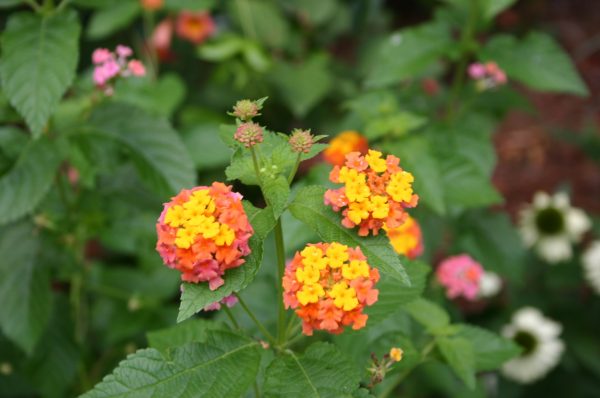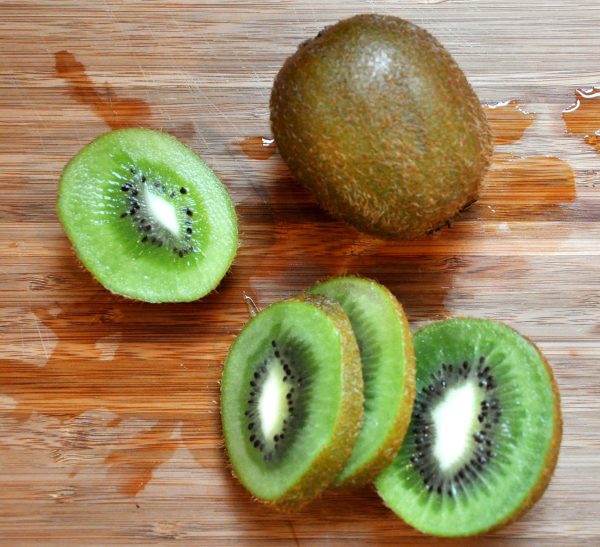Lantana – Allelopathy

Q: I listened with interest to your discussion of the possible allelopathic effects of Lantana this morning on your radio show. My experience has been just the opposite. I have 3 plants of ‘Mrs.
Huff’, and you know how large Mrs. Huff can get. Growing in among them, in the middle of the plants and well within their root/zone drip zone are (1) swamp sunflower, (2) salvia guaranitica, (3) Penstemon digitalis and (4) Japanese iris. They are thriving and growing in glory, as they have for several years now.
In addition, I had three more Mrs. Huffs in another location. I dug them up and with no soil amendment, replaced them with the rose ‘Cl. Altissimo’, which is growing well and putting out strong new growth from the base of the plant. Also, I have had plants of the common yellow lantana in the garden and have replaced them with other annuals the next year with no ill effects.
So, lantana allelopathy ain’t occurring in my patch!
A: Lantana allelopathy is documented but not a major worry for us. Since lantana is not very winter-hardy in Georgia, I think we have nothing to fear…and the allelopathic question is yet to be completely sorted out….but it’s all interesting to consider!
Q: This year I tried to grow some gladioli in a spot where I had lantana last year. The results were tortured looking. After researching on the Web I find that lantana is allelopathic but I could not find how long this effect stays in the soil. Could you tell me please?
A: Dr. Mark Czarnota, University of Georgia weed specialist, has studied the phenomena of plants that chemically interfere with other plants nearby (allelopathy). He comments that although the allelopathy of black walnut trees is well-known, the exact mechanism is not well-understood. Sunflower farmers claim that sunflowers are allelopathic but some scientists suggest that development of fungal antibodies and the increase of soil disease organisms could also play a part.
Lantana is a noxious weed in Australia and India, due in part to its documented allelopathic effects. If lantana could survive our winter it might even become a kudzu-like pest in Georgia. Fortunately, allelopathic chemicals are not very persistent. Once a plant dies, the chemicals it once exuded gradually disappear. I have no research to back me up but my guess is that the allelopathy of lantana does not last more than a few months. Your gladiolas might have had a virus that caused them to be malformed.











